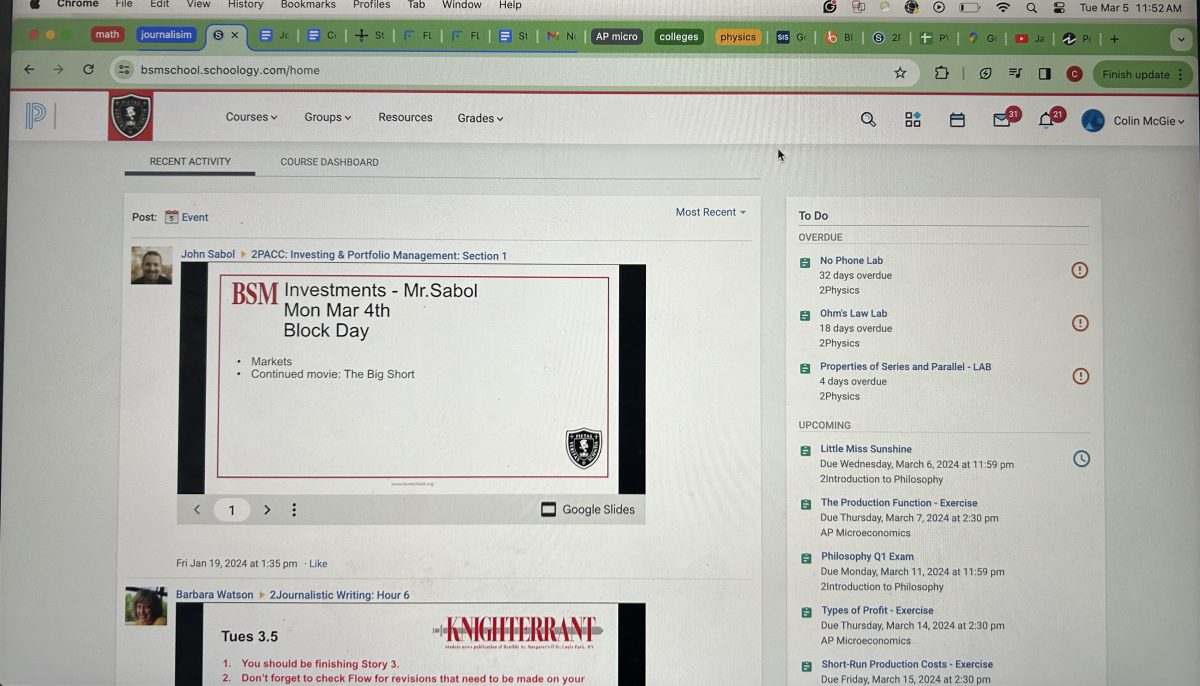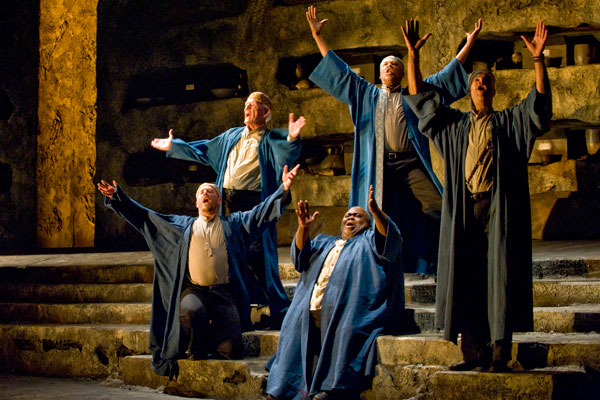Based on Sophocles’ “Antigone,” Irish poet Seamus Heaney’s adaption of the famous tale is brought to life in director Marcela Lorca’s production of “The Burial at Thebes,” performing at the Guthrie. With modern touches such as the original music composed by J.D. Steele, “The Burial at Thebes” delivers a poignant and memorable theatrical statement.
Music blends together the ancient Greek story and the modernized interpretation of Sophocles’ well known legend of Antigone, the daughter of Oedipus, who only wants to be able to bury her brother, Polyneices, after his death. However her uncle, King Creon, views Polyneices as a traitor and passes a law declaring that anyone who buries Polyneices will face death. Antigone, propelled by family loyalty and belief in the gods, disobeys Creon and buries her brother. Creon is compelled to carry out the punishment, despite the fact that Antigone is engaged to his son, Haemon.
Both Creon (Stephen Yoakam) and Antigone (Sun Mee Chomet) give a satisfactory performance–Creon’s most memorable scene coming at the end when, devastated by his family’s deaths, he wails in anguish–but the Chorus (Lee Mark Nelson, Richard Ooms, T. Mychael Rambo, Joe Nathan Thomas, and Robert Robinson) outshines them both. Effortlessly combining music with choreography and dialogue, the Chorus not only narrates the tragedy but also advises the king.
Other noteworthy performances include the prophet Tiresias (Greta Oglesby), foretelling the eventual destruction that will befall Creon, and the small roles of the guard and Haemon (Brian Sostek and Ernest Bentley), who inject the play with a bit of comic relief and intense emotion.
Monica Frawley’s striking set only adds to the tragedy of the story. The massive crypt walls overshadow the stage and are a constant reminder of the play’s themes of death and misfortune.












































